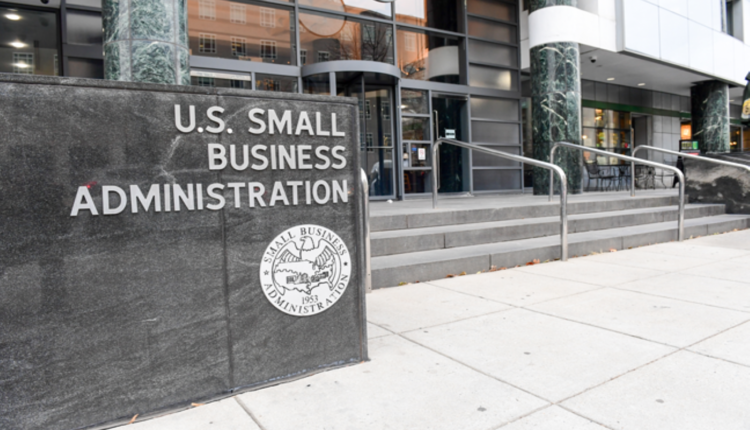
SBA Issues Final Rule on Calculation of Average Annual Receipts for the Purposes of Certain Size Standards
By Joseph Sobota, Assistant Chief Counsel
Many people think that they know a small business when they see one. But when it comes to eligibility for various government programs designed to assist small businesses, agencies must have a definition of small business that is applied consistently for all. The U.S. Small Business Administration establishes such definitions for small businesses by industry, as identified by OMB-approved industry NAICS codes. These “size standards” are widely used throughout government and are published in the Code of Federal Regulations.[1] Most are based on either a firm’s number of employees or its amount of average annual receipts.
On Dec. 5, 2019, SBA published a final rule modifying its method for calculating average annual receipts used to determine size standards for small businesses. Specifically, in accordance with the Small Business Runway Extension Act of 2018,[2] SBA is changing its regulations on the calculation of average annual receipts for all of SBA’s receipts-based size standards from a three-year averaging period to a five-year averaging period. The five-year average will also be used for other agencies’ proposed receipts-based size standards. SBA’s Business Loan and Disaster Loan Programs are excepted from the new annual receipt calculation rule. SBA intends to seek comment on the Business Loan and Disaster Loan Programs in a separate proposed rulemaking.
This final rule carries out the intent of the Small Business Runway Extension Act with respect to federal procurement opportunities, as expressed in the report accompanying this legislation. As the rule’s Background Information section notes:
- The Committee report states that the bill would reduce the impact on small businesses from rapid growth in some years which would result in spikes in revenue that may prematurely eject a small business out of their small business status. The Committee report adds that the bill would allow small businesses at every level more time to grow and develop their competitiveness and infrastructure, before entering the open marketplace. The bill, as the Committee report states, would also protect Federal investment in SBA’s small business procurement programs by increasing chances of success in the middle market for newly graduated firms, resulting in enhanced competition against large prime contractors.
Any change in federal size standards has the potential to benefit some firms (that may gain access to government programs) but have an adverse effect on others (that may lose such access). Although the changes made by SBA’s new rule will be of benefit to many small businesses, they also could adversely affect others. For this reason, the Office of Advocacy wrote a comment letter on this rule on Aug. 22, 2019. Advocacy recommended a transition period during which firms could choose between using the old or new averaging methods and prepare for the newly mandated five-year method. SBA adopted this recommendation in its final rule, allowing for a two-year transition period.
SBA’s new size standard
average annual receipts calculation rule is effective Jan. 6, 2020. SBA adopts
a transition period through Jan. 6, 2022, during which firms may choose between
using a three-year averaging period and a five-year averaging period.
[1] At 13 C.F.R. §121.201.
